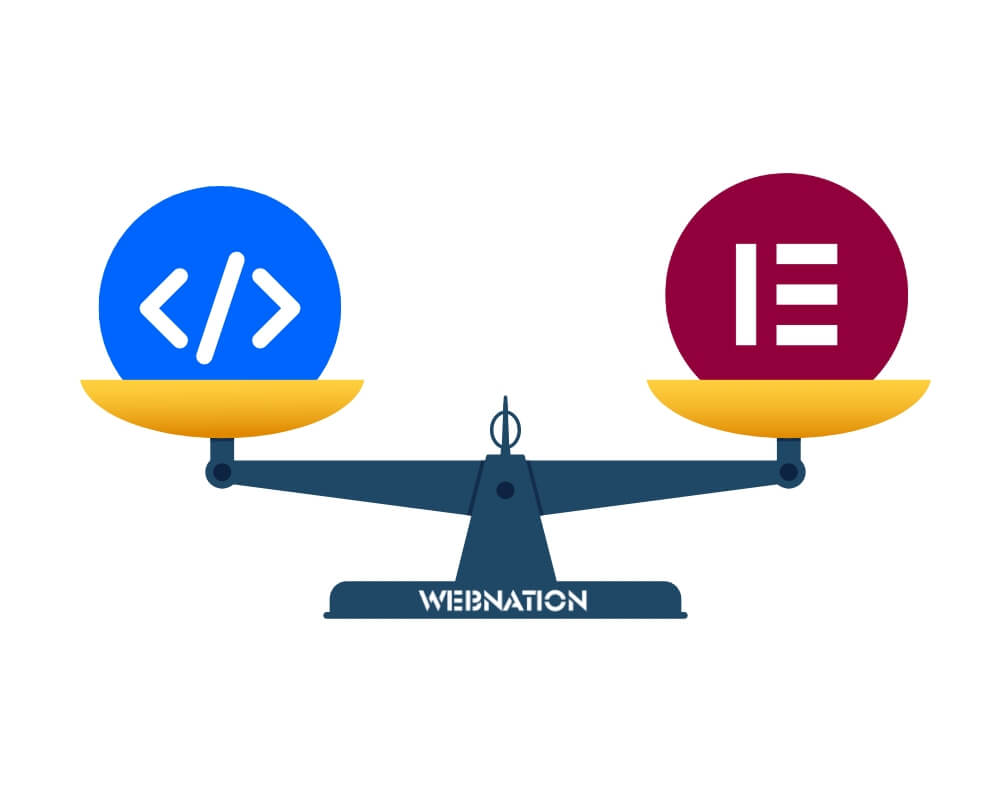SEO a.k.a. search engine optimisation means optimising content for search engines. This helps search engines understand the content of your website better and show it to users when giving relevant and valuable answers for their searches. SEO is basically an Internet-based marketing strategy that helps increase the visibility of a website and bring it to higher positions on results pages. Good quality SEO makes a website understandable for search engines and turns it into a page that search engines want to position higher thanks to its valuable content.
The main goal of SEO is to help websites position on the first page of search engine results thanks to using relevant and valuable keywords. The value of such keywords is based on your target demographic as the audience that’s directed to your page is mainly one interested in your product or service.
SEO can be done for any website. It helps increase the visibility of a website on search engines such as Google and Microsoft Bing. Regardless of if your website promotes products and services or maybe shares expert knowledge on specific topics, SEO will help you improve the visibility of your website and organically bring more people to your site. As a result, the visibility of your website will increase on the results pages of popular search engines.
What you should know about doing SEO?
Once you’ve understood the importance of SEO, it’s time to start doing it on your website. But where should you begin? Doing high quality SEO is an artform that takes quite some time to master, but the result will definitely be worth it.
To get the best SEO results, you need to have a plan and approach optimizing your website in a strategic manner. When doing SEO, it’s important to remember that search engines analyze the website as a whole. This means you must ensure that every subpage of the website brings value to the site as a whole without competing with other pages. That’s why you have to make sure that every page includes keywords specific and relevant to that particular page. Avoid a situation where multiple pages start ranking for the same keywords in search engine results as the search engine will get confused and won’t understand which of the pages is the best fit for that specific keyword.
As a result, your website’s position will drop on the results page. That’s why it’s imperative to have a concrete plan and strategy in place before you start doing SEO. It’s the only way to guarantee that all your hard work will eventually pay off.
SEO keyword analysis and market research
The first step to doing SEO is understanding what’s happening on the market in your industry. Think about keywords that best describe your products or services and that you would use to find them on the Internet. Use these keywords on a search engine and find out if your competitors are using the same keywords. If so, it’s worth looking into the similarities of the websites that rank high on results pages. These websites may have a lot of long-form content filled with these keywords; maybe there are some similarities in the formatting of titles or the layout of pages?
Think about words similar to the ones you initially picked and how they could be used differently (e.g. sun vs. sunshine). Fortunately, these days there are several tools that will help you when it comes to doing keyword analysis. It would definitely benefit you to add Google Search Console to your website as it’ll offer valuable information regarding the keywords you’ve chosen. One of the best tools for planning your keywords is Google Ads or another similar program.
Think about the layout of your website
After you’ve found a bunch of relevant keywords you’d like to start ranking for on various search engines, you need to think about what the structure of your website is going to look like. If you know the subpages you want to include on your site, divide the keywords between those pages so that they make most sense for each page. Keep in mind that all important information has to be easy to find and optimize.
A traditional structure usually includes a homepage, product or service pages, about us page, and a contact page. If you provide various services that are easily differentiated and could include different important keywords, it would be wise to dedicate a separate page for each of the services. That way, you can ensure that each page is focused on the keywords relevant to that specific page and this will help your website rank higer in search engines result pages.
The structure of subpages
To ensure the maximum efficiency of SEO, unfortunately simply using the right keywords on the right pages is not enough. As mentioned before, it’s important to also think about the layout and structure of the pages.
Think about what kind of information would your website visitors want to find on that specific page and write the content accordingly. Once you’ve written the texts including the chosen keywords, think about images that could support the text. For example, if you own an insulation company, add photos of your team doing insulation work. If you’re selling products, it’s vital to add images of those products. Don’t forget that on top of increasing the traffic coming to your page thanks to SEO, you have to give them valuable information once they’re there. That’s the only way you can increase the probability of you becoming their preferred service provider, which is the ultimate goal of doing SEO.
Optimizing content for search engines
After you’ve come up with the appropriate and valuable content for all of the pages and written it down, it’s time to start optimizing it for search engines. As mentioned, that doesn’t just mean using the keywords a specific amount of times on a specific page. When you start optimizing our content for search engines, here are the things to keep in mind.
- Each page has to have the right HTML tag. This means that the most important title on the page has an H1 tag which can be used only once on each page. Subheadings should be tagged with H2 and H3.
- Every image on the page needs to have alt-text that includes one keyword relevant to that page.
- Give the page a correct and relevant title and meta description. Both should include your main keywords for the page.
If you’d like to find out more about the basics of doing SEO and understand how better to do it for your own website, stay tuned for the second part of this article.
Or if you would rather prefer us to take over your SEO then contact us today!





